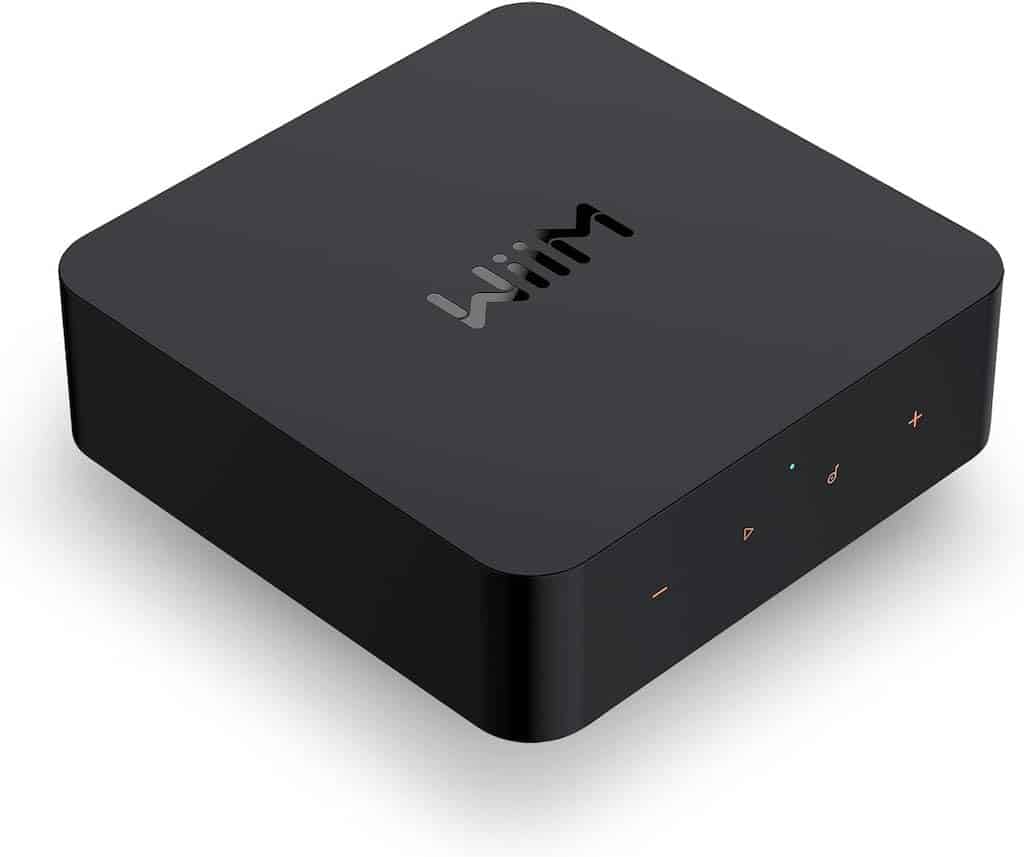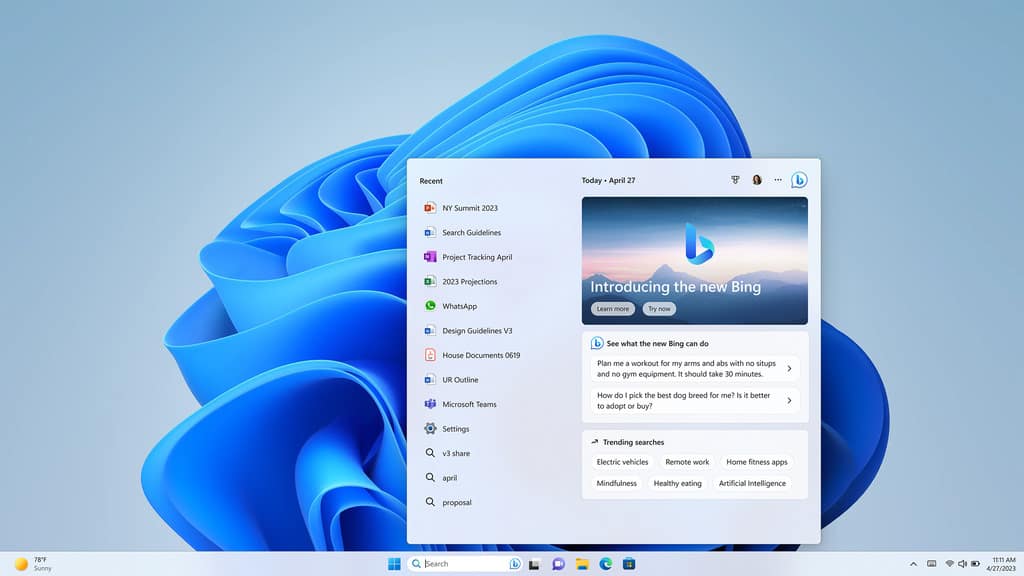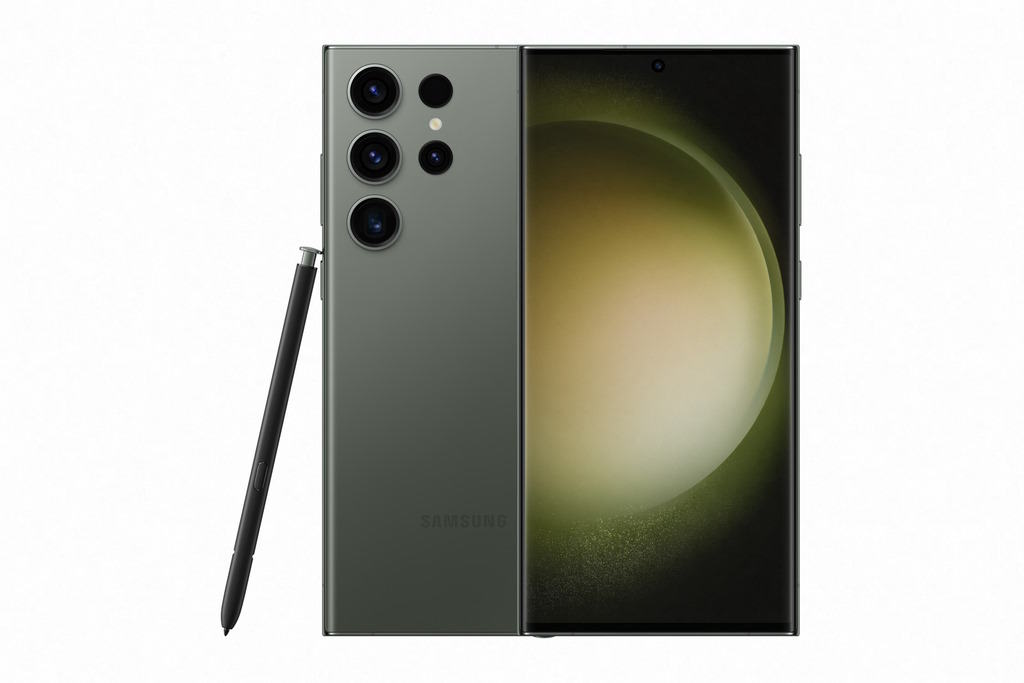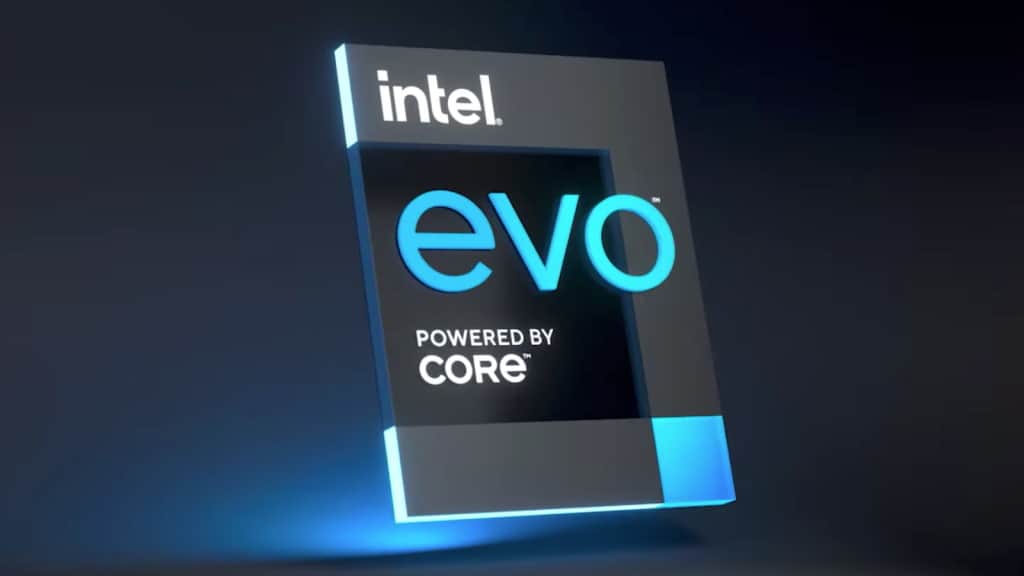Witchdoctor Rating
-
- 9/109/10
Summary
PAT PILCHER gets to play with a big one, and he likes it. A lot.
 What should a mobile phone maker do to one-up a wildly successful earlier phone model? This was the question on the lips of many when Huawei launched The P10 – the successor to the P9 – which many reckon was also one of Huawei’s best phones to date. The answer of course is to launch a P10 Plus, which comes with beefier specs, a bigger screen and some extra gee-wiz functionality to boot.
What should a mobile phone maker do to one-up a wildly successful earlier phone model? This was the question on the lips of many when Huawei launched The P10 – the successor to the P9 – which many reckon was also one of Huawei’s best phones to date. The answer of course is to launch a P10 Plus, which comes with beefier specs, a bigger screen and some extra gee-wiz functionality to boot.
As expected, the P10 Plus crams design refinements and a modest spec bump into an XXL sized chassis. Its larger body houses a bigger and higher res 5.5” 2560 x 1440 LCD screen, a roomier 2,750mAh battery plus 6Gb RAM. On top of this is the same Leica dual image sensor camera, except this time it’s two thirds of an F-stop faster, which makes the P10 Plus more adept at capturing usable images in low light conditions. There’s a bevy of photo and video functions, and as if that wasn’t enough, it also comes with an AI Memory allocation system and a zippy octa core CPU.
It seems that nowadays, every phone maker and their canine is rushing to bring hand stretching phone designs to market. As nifty as phones with bigger screens are, using them one-handed or trying to casually slip them into a pocket or purse without the accompanying sound of tearing fabric can be a real pain. This wasn’t lost on Huawei, who have sensibly chosen to keep the P10 Plus at a reasonable 153.5 (H) x 74.2 (W) x 6.98 (D). This means it’s slightly smaller than the iPhone 7 Plus or Galaxy S8+, and it easily past one handed and pocketability tests.
Weighing in at 165g gives it enough heft to feel reassuringly solid without you feeling as if you’re carrying the Titanic’s boat anchor.
 The P10 Plus also features curved edges and a smooth finish that makes it comfy for extended use. About the only design element that I had issue with was the fingerprint scanner. Although It is super responsive, Huawei have chosen to move it from back of the phone to the front. This is a shame as being able to pick up and unlock the P9 in a single move was a winning combo that greatly added to its usability. This minor grizzle aside, the overall design works well. It’s also a good-looking piece of hardware.
The P10 Plus also features curved edges and a smooth finish that makes it comfy for extended use. About the only design element that I had issue with was the fingerprint scanner. Although It is super responsive, Huawei have chosen to move it from back of the phone to the front. This is a shame as being able to pick up and unlock the P9 in a single move was a winning combo that greatly added to its usability. This minor grizzle aside, the overall design works well. It’s also a good-looking piece of hardware.
The P10 Plus uses Huawei’s in-house Kirin 960 processor, which consists of four 1.8 GHz Cortex A53 cores and four Cortex 2.4 GHz A73 cores (plus an i6 co-processor). There is more than enough power for anything you’re likely to throw at it, yet impact on battery life is minimal. The more powerful (and energy hungry) A73 cores do the odd spot of heavy lifting and retire to let the slower (and more energy efficient) A53 cores do most of the less battery-draining work. The coprocessor manages tasks such as the GPS and accelerometer so the built-in step counter keeps ticking over even when the P10 Plus is on standby.
Then there’s the machine learning algorithm that optimises memory consumption and battery life. In theory, it learns when commonly used apps are fired up and keeps them ready to launch to improve responsiveness.
Battery life is usually just on a day and night with typical use. In effect this usually saw me left with around 40-50 percent battery by around 6pm. One of the lesser hyped but most useful features of the P10 Plus is its bundled SuperCharger. I was able to go from near zero charge to just under 50 percent in a mere 35 minutes. Charging to full took just 90 minutes. Chargers may be one of the less sexy bits of a smartphone, but being able to hit 50 percent charge in 35 minutes is a killer feature that made the P10 Plus indispensable.
It comes with 4×4 MIMO antennas, which means it can receive four separate 4G signals and achieve faster download speeds. Your mileage will vary as speeds depend on both network load and telco network support. Overseas tests revealed speeds hovering around the 180-190mbps mark, however my humble connection was stuck at (a still nippy) 65mbps.
The star of the P10 Plus show is without doubt its dual camera setup. This uses a monochrome image sensor paired with colour sensor, which sees light and contrast information captured separately from colour info that translates into crisp and more detailed photos than you’d otherwise get with a single sensor.
 Photography also gets a helping hand from phase detection and laser-assisted autofocus. In short it is tricky to take an out of focus photo. The other big plus is the camera app which was also co-designed by Leica. It features a manual mode for more control over exposure, ISO, focus and so forth, as well as a slew of other intuitive and useful shooting and editing modes.
Photography also gets a helping hand from phase detection and laser-assisted autofocus. In short it is tricky to take an out of focus photo. The other big plus is the camera app which was also co-designed by Leica. It features a manual mode for more control over exposure, ISO, focus and so forth, as well as a slew of other intuitive and useful shooting and editing modes.
While there was some pixel noise in in low light shots, this is on par with what you’d get with most single image sensor phone cameras in similar lighting conditions. That said, the P10 Plus’s wider aperture camera and image stabilisation did make it noticeably better at getting usable photos in low light environments than the P10.
If that wasn’t enough, there’s also a Lossless 2X digital zoom. This allows you to zoom without compromising image quality.
Where the P10 didn’t feel like a huge leap up from the P9, the P10 Plus is a definite step up.
 As with the P9, it has one of the best cameras on the market, but being the “plus” version, it comes with some nice-to-have functionality such as fast charging, a crisp and vivid screen and a very tasty design. Considering its premium but reasonable RRP, the P10 Plus is a solid alternative to both Apple and Samsung at the flagship phablet end of the market.
As with the P9, it has one of the best cameras on the market, but being the “plus” version, it comes with some nice-to-have functionality such as fast charging, a crisp and vivid screen and a very tasty design. Considering its premium but reasonable RRP, the P10 Plus is a solid alternative to both Apple and Samsung at the flagship phablet end of the market.
* Huawai P10 Smartphone $1199














